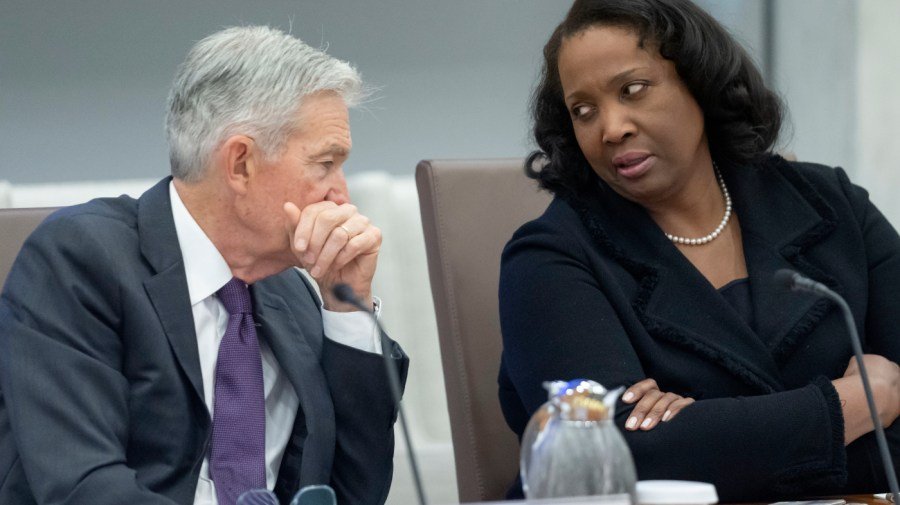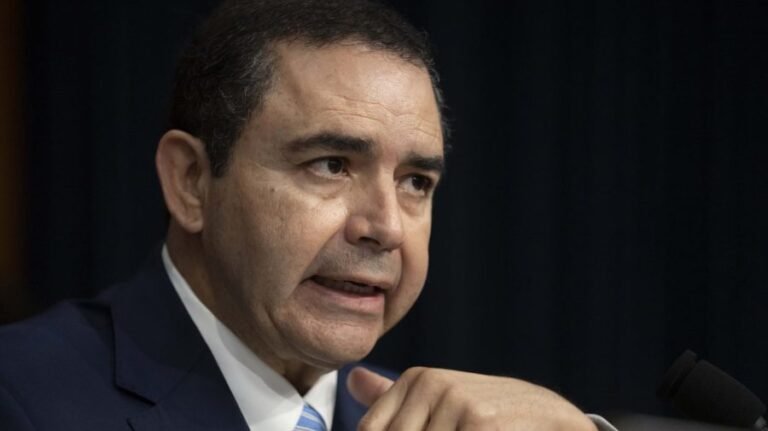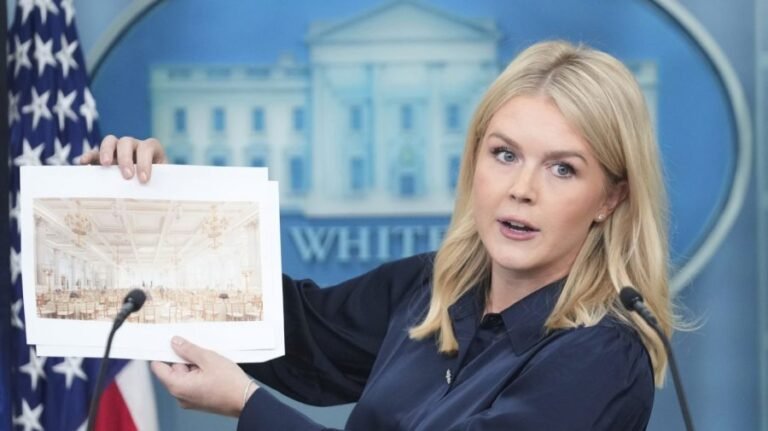
Earlier this month, Fed Chair Jerome Powell signaled a shift in the Fed’s stance towards policy easing at the September Federal Open Market Committee meeting. The U.S. stock market and bond market rallied in response to this development.
Soon after, however, President Trump upped his attacks on the Federal Reserve by announcing he would fire Fed Governor Lisa Cook for allegedly committing fraud in mortgage applications. This represented the first firing of a governor in the Fed’s history.
A Wall Street Journal editorial called the action a “calculated putsch,” noting that the crackdown on mortgage fraud seems to be aimed only at Trump’s opponents. The editorial also claimed the criminal referral was a direct threat to other Fed governors: “Cut rates or else.”
The editorial board of the Financial Times wrote that the assumption that the Fed will set rates based on its own economic judgments has been dealt a “severe blow” by Trump’s determination to undermine it.
While other U.S. presidents have exerted pressure on the Fed chair to ease monetary policy, they did not attempt to gain control of the Fed. However, CNBC reports that President Trump said in a cabinet meeting last week that “We’ll have a majority [of Fed governors] very shortly”.
Bill Dudley, former president of the New York Federal Reserve, observes that if Cook were booted from the Board of Governors, Trump would soon be able appoint four of the central bank governors.
If so, the board could refuse to appoint some or all of the 12 regional Federal Reserve Bank presidents, five of whom vote on the Federal Open Market Committee on a rotating basis.
Meanwhile, there have been numerous stories warning about the consequences of what might happen if the Fed were to become politicized.
The closest example is what ensued after President Richard Nixon pressured Fed chair Arthur Burns to refrain from raising interest rates when inflation was taking off in the early 1970s. It contributed to a selloff of stocks, bonds and the dollar.
Nonetheless, despite these warnings, the U.S. bond market has not reacted to the events thus far, which has caused many observers to question why.
My take is there are three plausible explanations other than the TACO theory that “Trump Always Chickens Out.”
The first is that investors believe the Supreme Court would block Trump’s attempts to control the Fed. In its ruling to allow the president to remove National Labor Relations Board members, the opinion indicated that the decision did not necessarily apply to Fed governors and Federal Open Market Committee members. The court thus recognized the importance of maintaining the Fed’s independence.
This may explain why Trump has backed off from accusing Powell of misleading Congress about cost overruns in the remodeling of the Federal Reserve’s building.
Another possibility is that bond investors recognize that two Trump appointees support Fed independence. Trump-appointed Govs. Michelle Bowman and Christopher Waller dissented at the July Federal Open Market Committee meeting in favor of lowering interest rates on grounds that tariffs were likely to result in a one-time increase in prices and that the labor market was softening.
Powell indicated that he had come around to this view at the Jackson Hole conference.
Trump’s decision to appoint Stephen Miran to fill a temporary vacancy on the Board of Governors, however, could provide a test of the battle for Fed independence.
In March 2024, Miran co-authored a policy brief calling for Fed reforms that would allow all top officials to be subject to at-will dismissal by the White House. The argument was that it would make central-bank policy more accountable to the democratic process.
A third explanation is bond investors recognize that the Fed should lower interest rates, especially if labor market softening is a precursor to higher unemployment.
In the wake of today’s soft jobs report for August, the bond market is pricing in three-quarter point cuts in federal funds rate this year, with further cuts next year. Bondholders see a gradual path to lower rates because they also recognize that inflation is temporarily headed higher as a result of higher tariffs.
However, Treasury Secretary Scott Bessent said the Fed could lower the funds rate by half a percentage point in September in the wake of weak employment numbers and a tame July Consumer Price Index report. He called current rates “too constrictive,” and said the funds rate should be 150 to 175 basis points lower.
My assessment is that the Fed will proceed gradually until Trump announces who will replace Powell as the next Fed chair. If the appointee is acceptable to bond investors, financial markets could stay calm for a while longer.
But if the Fed appears to become politicized, the risk is that the yield curve would steepen further and the dollar would come under renewed pressure, as it did in early April.
If so, the big unknown is whether Bessent will step into the breach once again and convince Trump it’s time to back off of the Fed and calling for lower interest rates.
Nicholas Sargen, Ph.D., is an economic consultant for Fort Washington Investment Advisors and is also affiliated with the University of Virginia’s Darden School of Business. He has authored three books including Investing in the Trump Era: How Economic Policies Impact Financial Markets.


